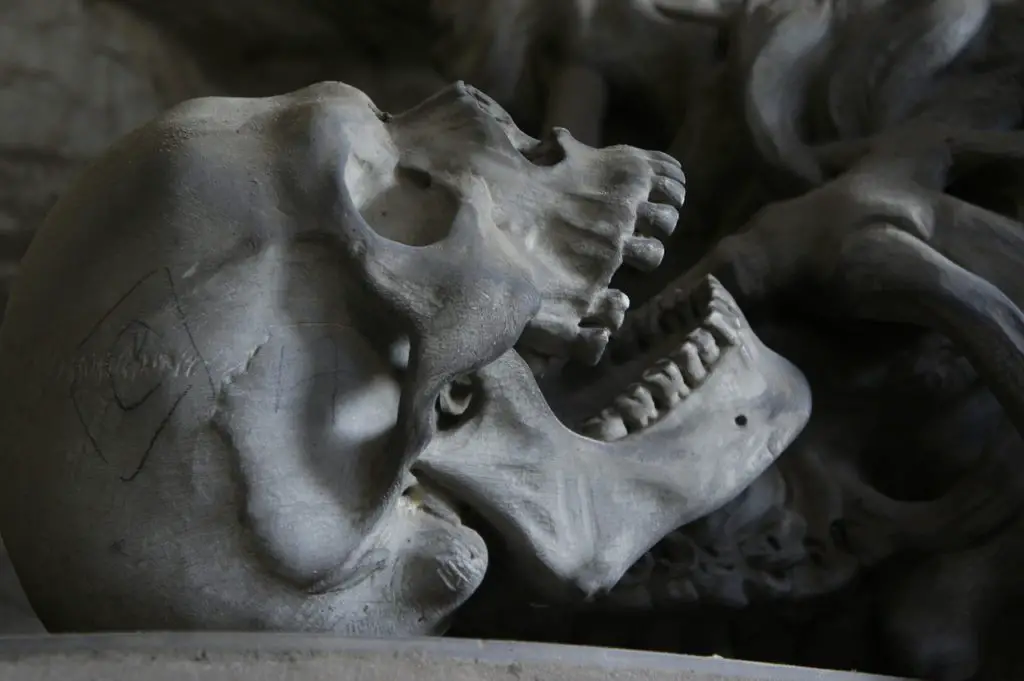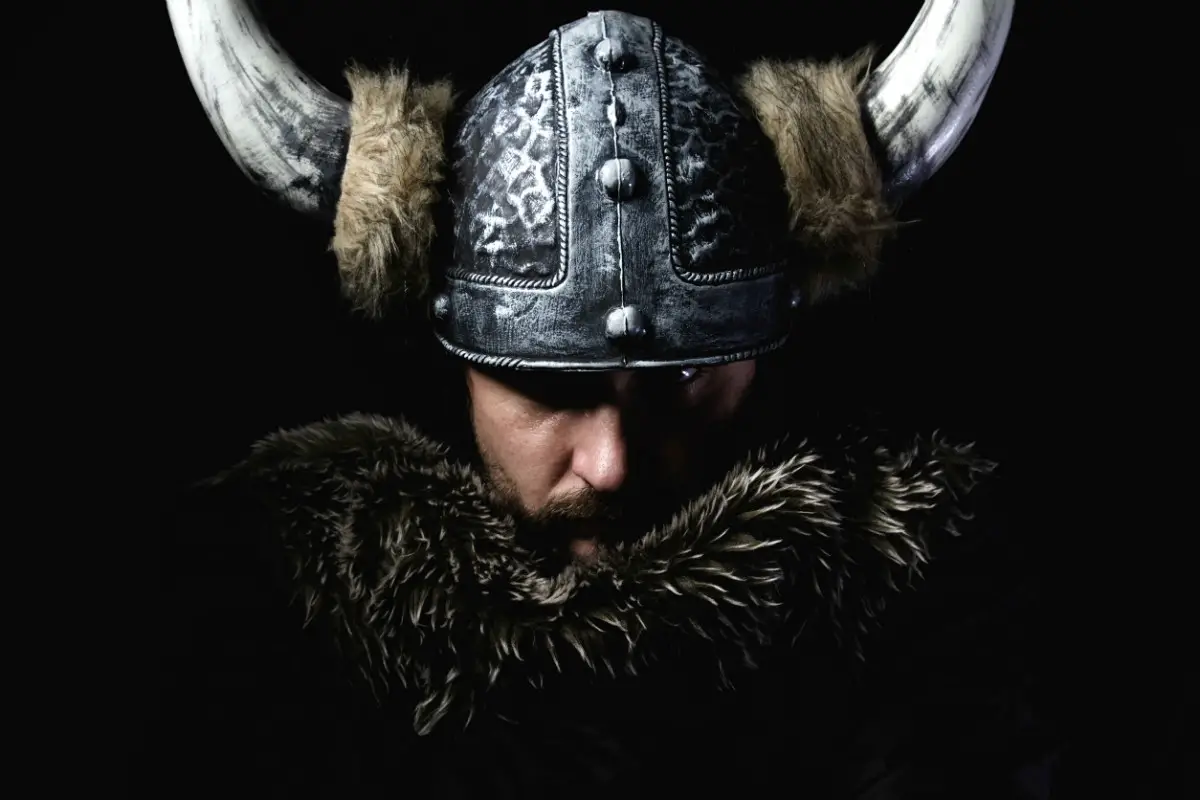
Can you guess which part of your body gives some of the most detailed information about who you are and how you have lived?
Bet you didn’t guess it’s your teeth.
That’s right. Human teeth reveal a remarkable amount of information about us, as a species and as individuals.
Though modern humans don’t normally associate teeth with much more than chewing food and flashing smiles, our teeth give significant clues to where we are as a species and how we have evolved.
How Can Teeth Tell Us So Much?
University College London researcher Simon Hillson and his team posit that some of the most noticeable changes in human evolution have been in the dentition — the arrangement or condition of teeth — and the jaws of the human mouth. In general, notes Hillson’s team, modern humans have smaller teeth and less robust jaws than our ancestors had
Scientists have suggested that large teeth and jaws became less important as humans developed, largely thanks to changes in diet, food preparation and agricultural technology, notes writer Jeffrey P. Bigham. As an evolutionary response, our mouths and teeth have become smaller.
But evolutionary changes can be measured by more than just size. The material composition of our teeth also provide clues for evolutionary understanding.
Exploring Enamel
Human teeth are made up of enamel, which is a tissue that does not renew throughout the lifecycle. Because enamel doesn’t regenerate, it preserves a world of minuscule details about any ancient creature. “The fossil record is always the most complete for teeth,” says Christine Wall, a research professor for evolutionary anthropology at Duke University.
Wall explains that because it is unchanging, enamel thickness is a key trait to reconstruct the diets and life histories of humans. She notes that differences in enamel thickness among primates can help researchers compare their diets, for example. Herbivores have the thinnest enamel while carnivores have the thickest to better crush tough foods.
Teeth Are An Important Part of the Fossil Record
Debbie Guatelli-Steinberg, professor of anthropology at Ohio State University, describes fossilized teeth as “tiny time capsules” that can tell us things like how long early humans experienced childhood or how diverse their diets were.
One big reason for this? Teeth have growth bands, which act in the same way tree rings do: You can count them to determine a tooth’s age. Fossilized teeth, then, can tell you how old someone was at death.
Put all these clues together, and you start to see stories develop. Below, we will explore some of the various things science has learned about human evolution by studying fossilized teeth.

Our Juvenile Growth Rate Has Slowed Over Time
Because the end of childhood is associated with the time we stop erupting teeth, tooth growth is a good indicator for the biological duration of childhood, explains Tanya Smith, associate professor at Griffith University’s Australian Research Centre for Human Evolution.
The method for deducing growth rate is simple in concept: Scientists count the growth rings of ancient teeth and the number of molars that have erupted in fossils to determine how quickly a human grew.
Teeth grow in an incremental manner, notes Alan Walker, former Evan Pugh Professor Emeritus of Anthropology and Biology at Penn State University. Because of this, teeth leave a record of growth that can be identified by examining patterns within the enamel, Walker says. And we know from comparing these markers that modern humans have a slower juvenile growth rate than did early humans such as Homo erectus.
In other words, we take more time to develop into full adults. In fact, we develop more slowly than other primates, too, says Kate McCord, program administrator at the Marine Biological Laboratory.
This slow growth period might offer modern humans a distinct intellectual advantage. Guatelli-Steinberg posits that this slower growth rate evolution has given us more time for learning and mastering complex skills — skills that have ensured our survival and reproduction.
Walker drew the same conclusion. “It seems our prolonged period of growth and development may be a more recent evolutionary acquisition that arose in step with our comparatively recent development of a larger, modern, human-sized brain,” he said.Our Diets Have Changed Significantly
Peter Ungar, distinguished professor and Chair of Anthropology at the University of Arkansas, argues that teeth are adapted to process the less desirable and rarely consumed foods as opposed to the animal’s daily diet.
In other words, human diets evolved alongside available food supplies, and our teeth evolved to handle the hardest-to-eat foods in those supplies. This gives us important clues as to what our ancestors were eating.
One clue can be found by looking at the dentition of an early human’s mouth. Bigham notes that modern humans have smaller dentition than ancestors because our modern diet consists of more meat, reducing the need for large, herbivorous dentition.
We have evolved different types of teeth in our mouth, each adapted to better chew different foods. Medical researcher Heather Scoville gives a brief overview of each type of human tooth and what it is designed to do:
- Incisors are the front four teeth on the upper and lower jaws. These teeth are used to tear flesh from animals and evolved as human ancestors shifted from mostly gathering and eating plants to hunting and eating meat.
- Canines are the pointy teeth on either side of the incisors, and they are used to hold meat steady while the incisors tear the flesh. The length and sharpness of these teeth have evolved as food supplies changed.
- Bicuspids are the short, flat teeth behind the canines. These teeth further break down food as it passes through the mouth, and they were likely the only back teeth of early ancestors that ate mostly meat.
- Molars are the last teeth in the back and have the largest grinding surfaces, which is why they are where most of the chewing of food takes place.
When you trace the evolution of each tooth type, you get a more vivid picture of how our diets have changed. This is especially true of molars, the newest addition to our mouths.
Science journalist Erin Ross notes that the structure of a tooth and the amount of enamel say a lot about what the teeth are adapted to eat. The thickness of the enamel on the molars indicates what types of food were part of the primary diet of the human, says Ross.
Thick enamel is good for crushing foods, suggesting the tooth used its teeth to grind seeds or crush bone marrow. Thin enamel causes sharp edges that are suited to slicing and tearing leaves and fruits.

Our Food Preparation Processes Have Evolved
Dental plaque and dentition also tell researchers a great deal about how our ancestors prepared their food.
Anthropologist Krystal D’Costa explains how one study of the dental calculus of early humans found in present-day Sudan revealed both organic and inorganic material, such as starch granules, plant fibers, and micro-charcoal.
The charcoal is especially telling because it means there were smoke and fire present around the food, indicating that our ancestors were cooking. The development of that skill is traceable through the Lower Nile basin’s Neolithic period: The increasing presence of certain compounds indicates a more sophisticated manner of food preparation
Our teeth began to change with the advent of cooking, too. Most noticeably, the size of our dentition decreased. Why? Because by cooking food, our ancestors made it softer and easier to chew, so the jaws didn’t have to work as hard or build up as much strength, note Harvard University researchers in their study of the origins of cooking.
Cooking also eliminated the need for carnivorous teeth. The sharp tools needed for cooking could be used to break down food. Early humans had to use their teeth for the job, but with the invention of early knives, the job of cutting food got mechanized. Over time, carnivorous teeth began to fade.
Finally, pottery played a big role in the changing of food preparation, notes Bigham. He explains that pottery allowed our ancestors to serve soups and soft foods that required no cooking at all, again eliminating the need for large, sharp teeth.
By evolving the way they prepared food, our ancestors altered the way they used their teeth and, ultimately, the evolution of the modern mouth.
Our Teeth Give Us Away
Who would have thought there was so much information to be gleaned from fossilized teeth?
While the science behind it is itself always evolving and contributing more knowledge, the essence is that our teeth give significant clues about our evolution as a species.
From our growth rates to our diets and food preparation habits, our teeth give away our secrets and give some of the most important indications of how we are different from other species.
Images by: elianemey, rawpixel, Gem & Lauris RK










